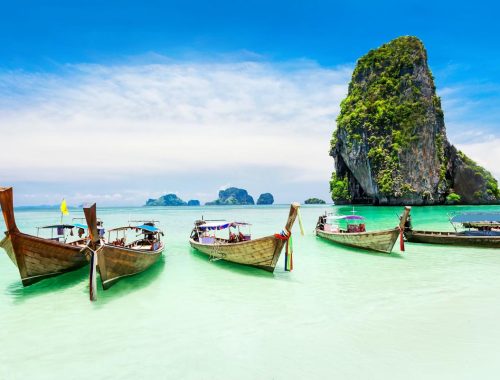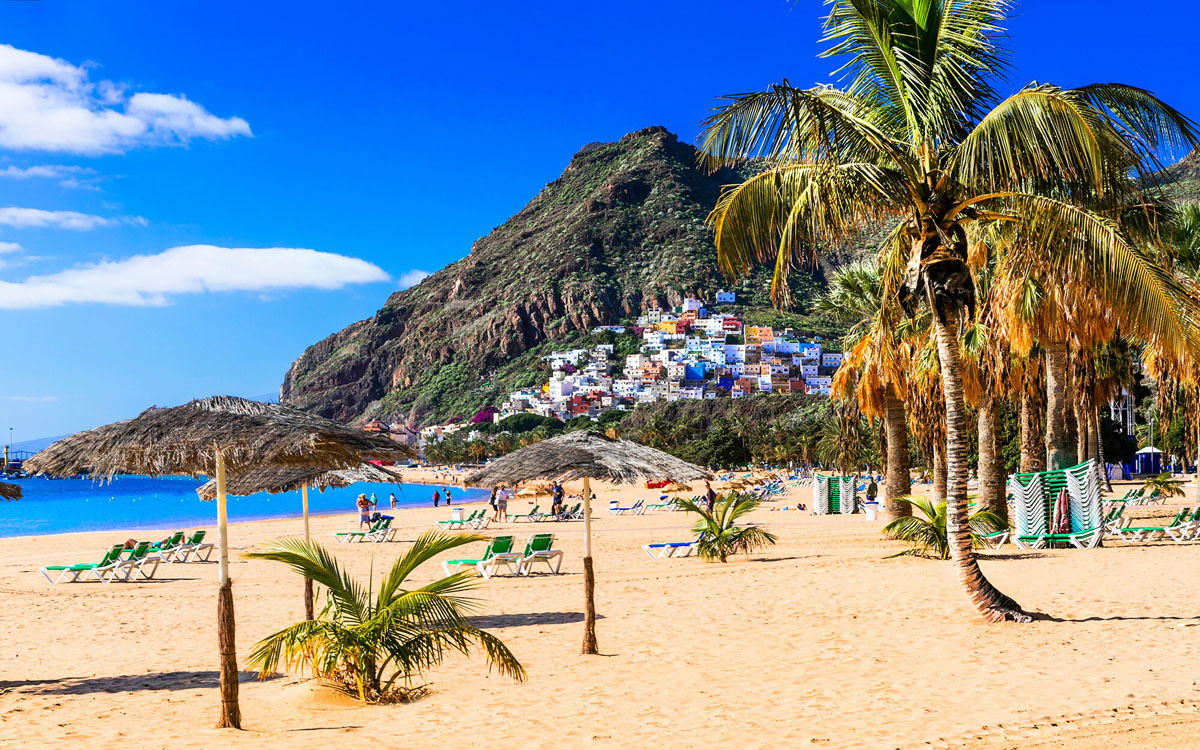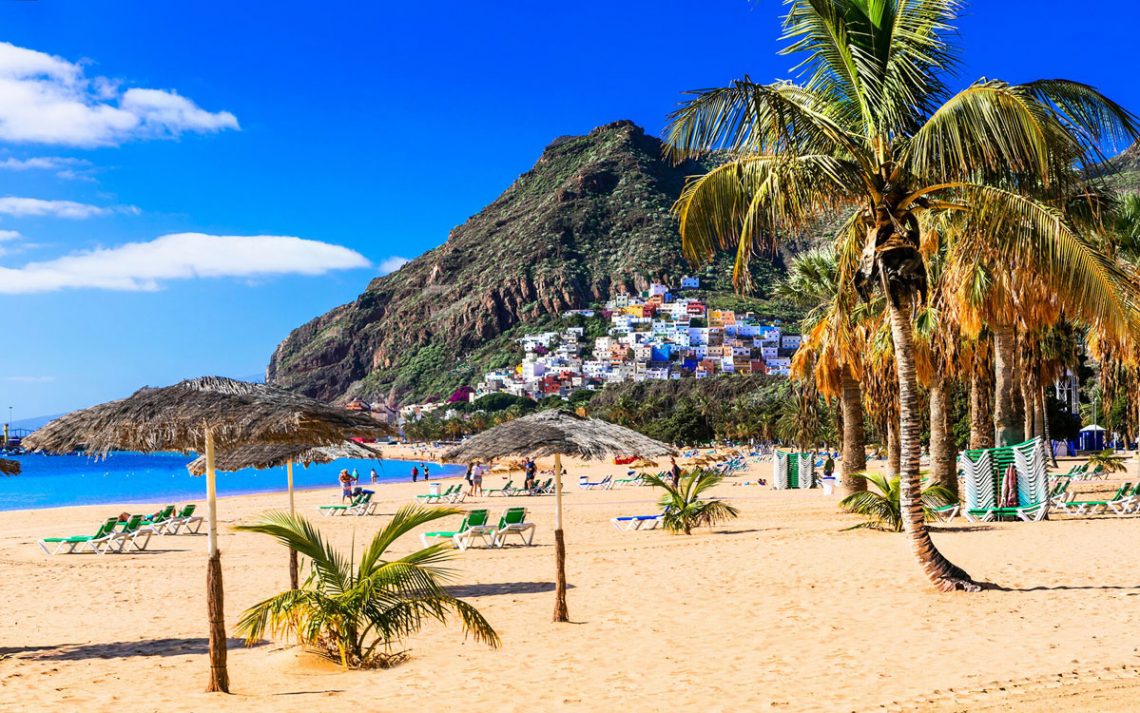
Sailing amidst the Canary Islands: exploring mythical havens where life flows blissfully
Tenerife, Gran Canaria, La Gomera are among the most appreciated destinations for sailors in the Canary Islands archipelago. Thanks to their peaceful atmosphere, majestic nature and mild temperatures throughout the year. Not to mention the charm of a millenary history that stretches from Columbus’s explorations to the present day.
The Canary Islands have always been a much-loved destination for those who sail. They are places where one can still breathe the rich history of the great oceanic explorations, where sailors found the perfect stopover to reach the Americas, as in the case of Columbus, or conquer the farthest Indies. However, the allure of this archipelago is also derived from an extremely varied nature that alternates between volcanic landscapes, white sandy beaches, green mountains, cliffs overlooking the ocean, welcoming ports and seaside towns full of always-smiling people.
Moreover, the temperature is mild all year round. The North Trade Winds that blow gently allow crews to cover long distances between islands. In short, a paradise that ensures an truly unforgettable cruise.
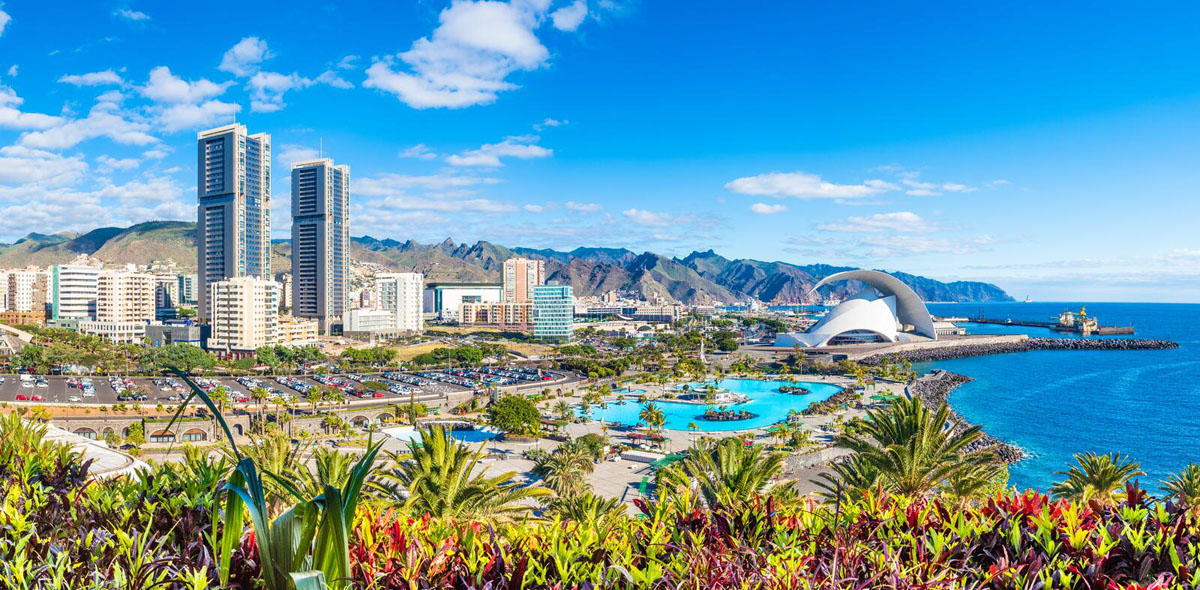
Day 1, Santa Cruz, Tenerife, boarding – 47 miles
The starting point for this cruise around the Canary Islands is the beautiful port of Santa Cruz de Tenerife. After settling in and completing the briefing with the skipper, you can explore this exciting city that has, over the centuries, found its main engine of growth right in its port. Just leave its docks to find yourself walking along avenues and wide streets adorned with important examples of modern architecture. The nerve center of Santa Cruz de Tenerife is just a stone’s throw away at España Square.
From here, you can admire the Cabildo Insular de Tenerife, a neoclassical building that houses the first communal government organ of Tenerife, and then the Palazzo della Carta, a triumph of baroque architecture, the beautiful Casino and the Guimerá Theater, built in 1851 on the remains of the ancient Santo Domingo convent. A must-see in this area is also the Concepción church, dating back to 1500, and the García Sanabria Park, where outdoor sculptures by contemporary artists coexist with palm trees and other tropical plant species.
A nice way to relax, perhaps after enjoying one of the typical local dishes such as “ranchos” (typical stews) or “truchas de batata” (sweets with sweet potato and almonds), is to explore the Maritime Park, designed by architect César Manrique, who redeveloped the ancient commercial dock. Finally, enjoyable excursions include Caletta de los Negros, which houses the castle of San Juan, or San Andrés, a seaside neighborhood that allows you to admire the famous Teresitas Beach, with its fine golden sand.
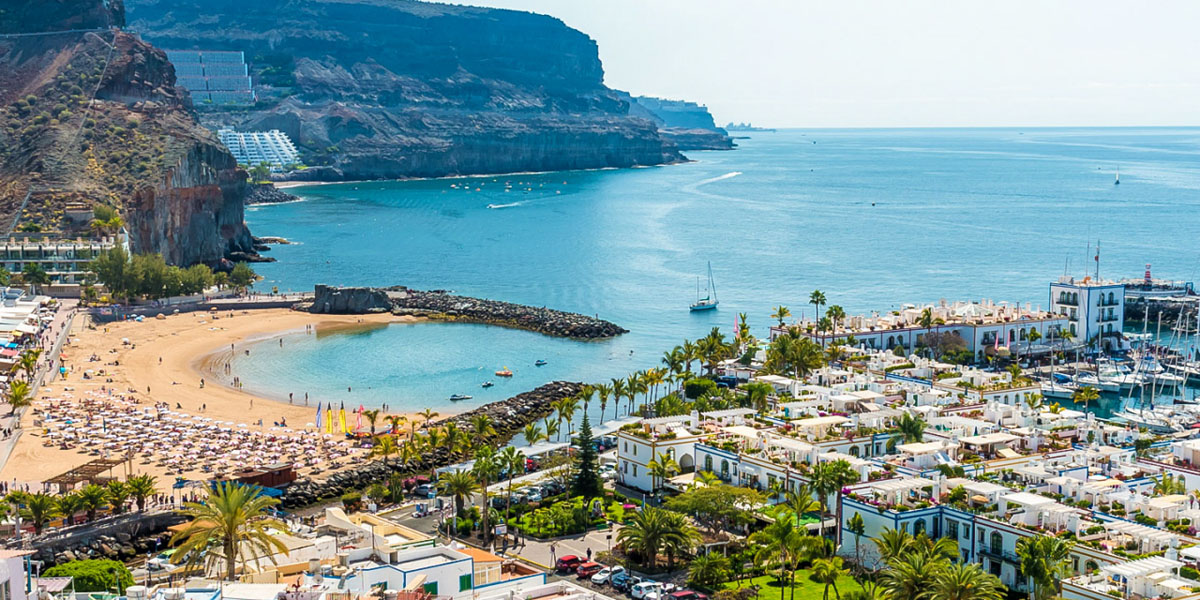
Day 2, Santa Cruz, Tenerife – Puerto Mogan, 47 miles
After refueling and stocking up on supplies for the galley, the journey begins with a crossing of about 47 miles to reach Puerto Mogan on the island of Gran Canaria. It is a delightful small fishing town that has transformed into a tourist port with a unique atmosphere. This is mainly due to its typical Mediterranean-colored houses covered with plants and bougainvillea, lining a dense network of seawater canals that wind around the port. Due to this configuration, some call it ‘Little Venice.’ Additionally, the optimism, calm and joy characterize the local inhabitants. The charming marina, with its clean and orderly restaurants, trendy cafes, jazz and piano bars surrounding the local fishing fleet, is the perfect place for an evening stroll and a romantic sunset dinner.
Just east of the port is a small, well-protected sandy beach surrounded by beach bars and kiosks, just steps from the shore, ready to quench your thirst or delight your palate. But other scenic shores can be found at Playa del Inglés and Playa de Maspalomas, from which deep-sea fishing boats often set sail in pursuit of record-sized tunas and blue marlins. A little further away is the enchanting Playa Taurito with its backdrop of cliffs and consistently warm waters.
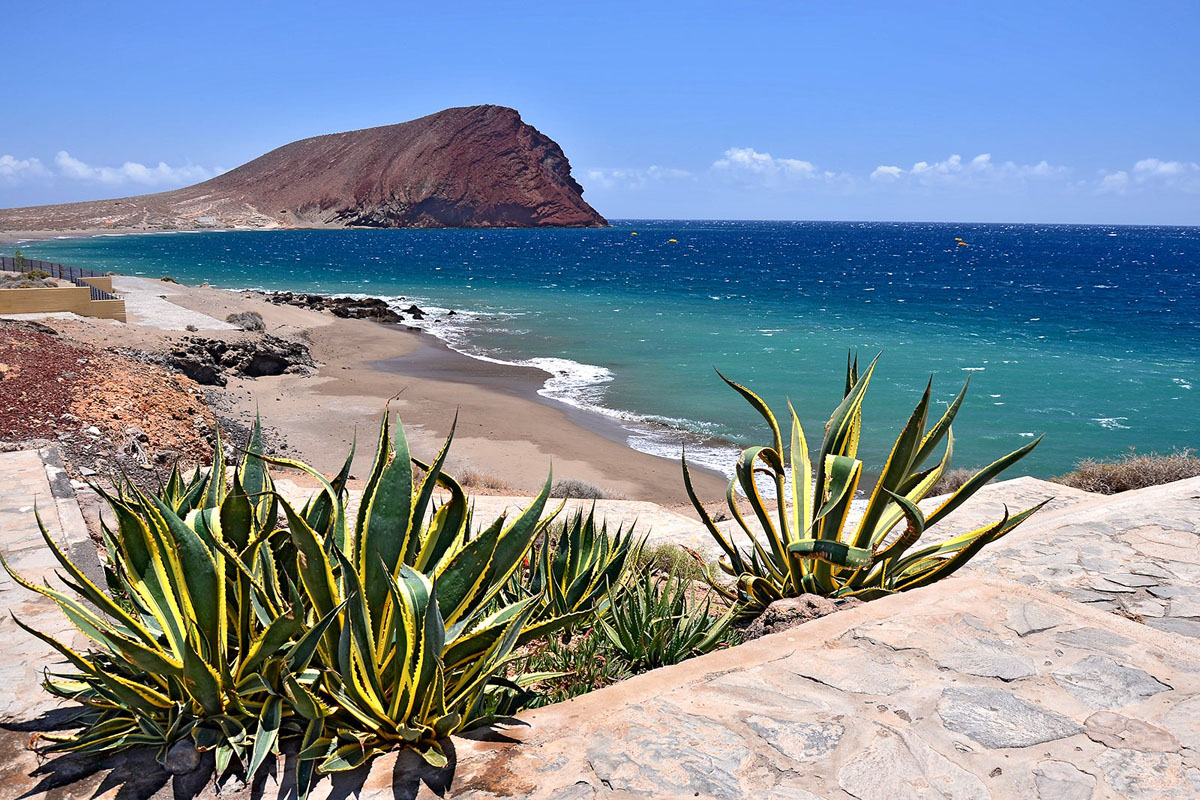
Day 3, Puerto Mogan – San Sebastian de La Gomera, 75 miles
With a long 75-mile navigation, we reach San Sebastian, the main city of the island of La Gomera. Its port is a very evocative place for sailors because it was one of the stopping points of Christopher Columbus during his journey to America. Not surprisingly, a famous museum house is dedicated to the great navigator. Sheltered by a natural bay, San Sebastian offers a calm and tranquil mooring, perfect for resting after the long sail.
In addition to the harbor bay, which has some of the best nautical facilities in the entire Canary Islands archipelago, San Sebastián de La Gomera offers a picturesque terraced formation perched on a hill overlooking the sea. Here, you’ll find the most important points of interest, such as the ancient Casa dei Peraza, located in the modern district known as Pozzo dell’Aguada, the central Plaza Mayor, where the Church of La Asunción rises, and the famous Torre del Conte, dating back to the 15th century and still perfectly preserved.
Contrasting with the coast is the rugged geography of La Gomera, which hides some of its natural treasures ideal for hiking or cycling, such as the Majona Natural Park and the Garajonay National Park, a natural space declared a “World Heritage Site” and characterized by volcanic rock formations overlooking the ocean. For those who love sunbathing and diving, the south of the island is home to Santiago Beach and the Garajonay National Park. In the north, you’ll find Los Órganos, a curious geological formation that resembles organ pipes.
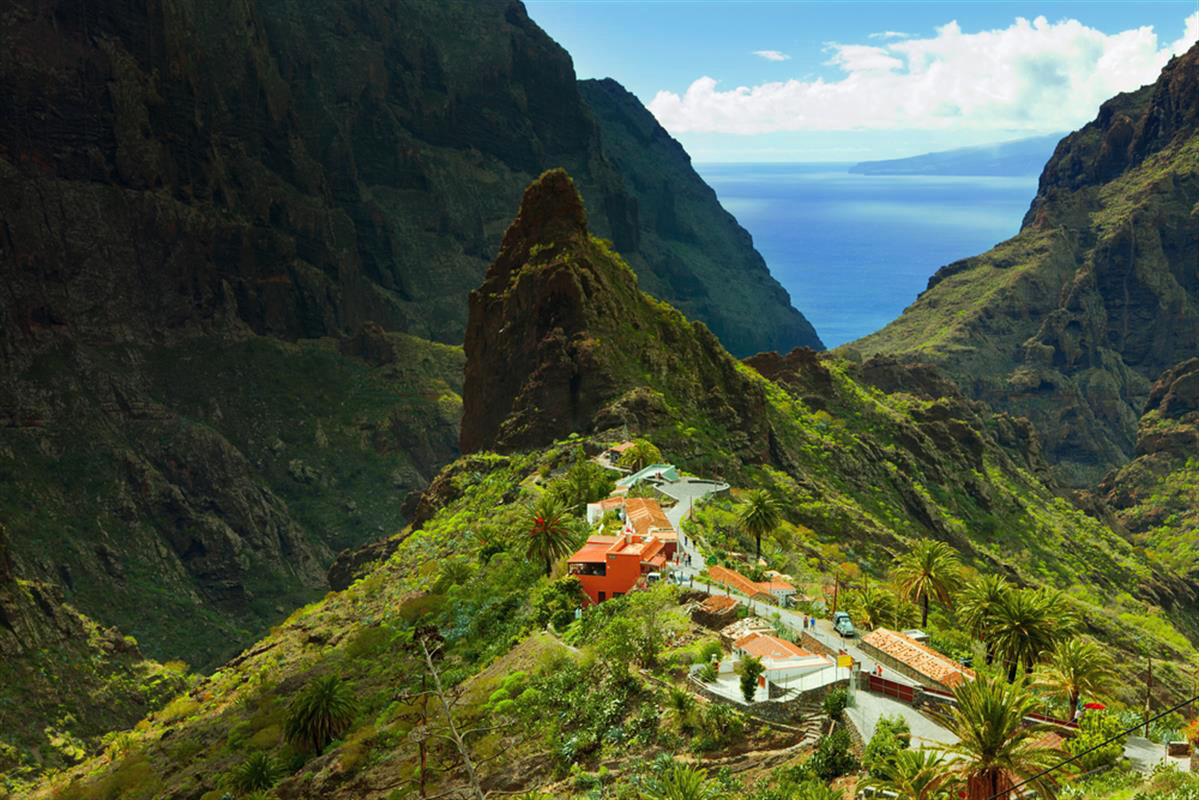
Day 4, circumnavigation of La Gomera, 40 miles
After a restorative sleep, we hoist the sails and enjoy a day of sailing around the island of La Gomera, one of the smallest in the Canary archipelago and extraordinarily wild. The island tour covers about 40 miles, allowing us to admire the natural wonders and the great variety of landscapes found in this small territory also known as ‘Isla Magica.’ We traverse immense valleys covered with palm trees to cliffs and precipices overlooking the sea; from lush prehistoric forests to volcanic sand beaches that carve their way through the rocky coves.
The most beautiful ones include Playa de Ingles, the long Playa de Valle Gran Rey or Charco del Conde, a bay protected by cliffs. There’s also Playa del Medio, a charming protected bay very popular among nudists, Playa de Alojera where high cliffs tower next to typical fishermen’s houses; and then there’s Playa de la Caleta, the most beautiful beach on the north coast of La Gomera, and Playa de Vallehermoso, entirely gravel and surrounded by cliffs.
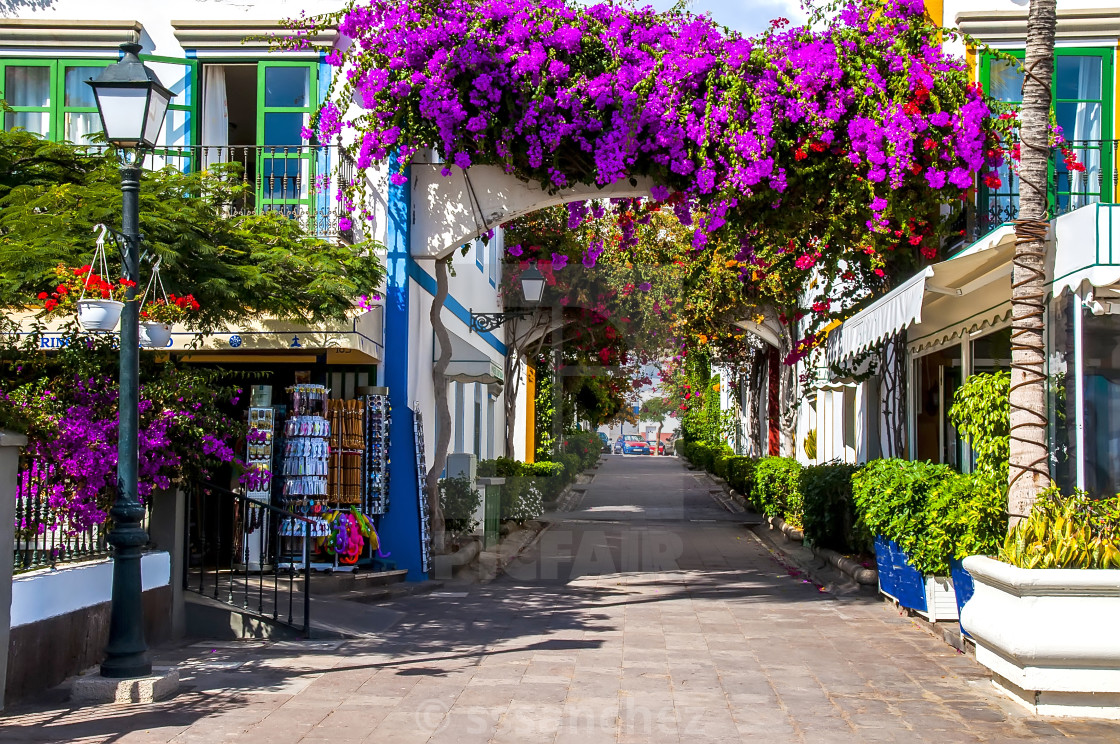
Day 5, La Gomera – Santa Cruz de la Palma, 56 miles
We continue our cruise around the Canary Islands and set sail for Santa Cruz de Palma. It is located on the western part of La Palma and is one of the most mountainous and humid islands in the Spanish archipelago. Santa Cruz de La Palma is a romantic city with a colonial atmosphere that preserves a precious heritage of palaces and buildings in colonial style in its historic center. Typical elements of traditional Canarian architecture, such as traditional wooden balconies, are not lacking. Every corner tells the splendor of this ancient port on the Route of the Indies, which around 1558, thanks to the intense naval activity of its shipyards, made Santa Cruz de La Palma the third maritime port of the Spanish Empire after Seville and Antwerp.
The famous Calle Real is the main street where commercial activities, squares, historical buildings and monumental churches are concentrated. It intersects the majestic Plaza de España and the smaller Borrero square, an ideal corner to take a break and enjoy the rich “barraquito” coffee; or a glass of local wine or craft beer. Further on Plaza de la Alameda is the Naval Museum. Once this point is reached, visitors can cross the bridge to climb to the Castle of the Virgin, with impressive views of the city. For hiking enthusiasts, Santa Cruz de La Palma also offers some walking routes that, in a few kilometers, allow you to immerse yourself in nature, such as the Barranco de la Madera and the Bellido Mills.
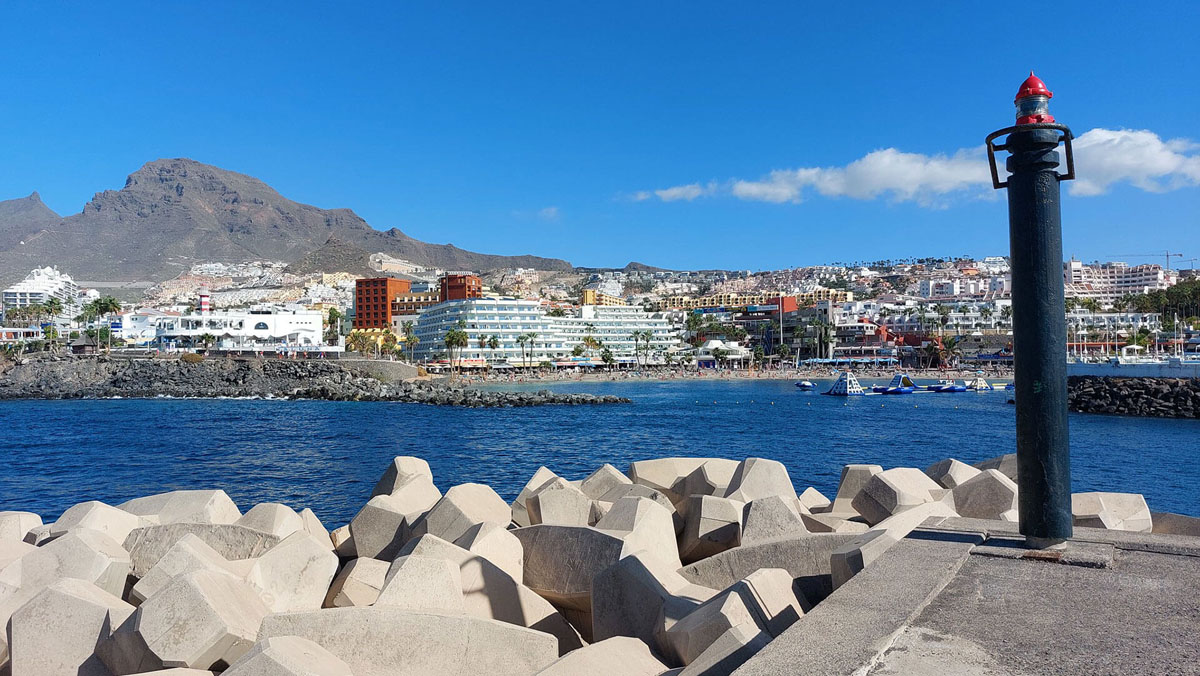
Day 6, Santa Cruz de la Palma – Puerto Colon, 66 miles
The next stop on our cruise is Puerto Colon, on the southern coast of the island of Tenerife, where a large, modern marina awaits us with all the services dedicated to sailors. It is well protected by a curved pier, but its maximum depth at low tide is only 2 meters. Right next to the port is Playa de Puerto Colon, one of the most frequented tourist areas on the island. However, the stop is strategic especially for exploring Costa Adeje. This area is characterized by its proximity to the Teide volcano, which gives all the beaches in the area a black and white mixed color.
Among them, Playa Fañabe, a beautiful panoramic point overlooking the ocean, Playa del Duque, the only one with white sand. And then also there are Playa de Troya and Playa de la Américas. It’s worth stopping at one of the many restaurants, lounge bars, or places to try some specialties, such as “cistorra,” a typical regional sausage, “tapas,” the flagship of the island’s gastronomy, or mussels in red marinara sauce, a fish dish to accompany with excellent Spanish white wine, Rioja. Many come to this area of the island for trekking on the slopes of the volcano, but also to admire whales up close or visit the Siam Park water park, entirely dedicated to children.
Finally, on Costa Adeje, one of the most interesting and unique locations in the entire Canary Islands can be found. It is the “Precipizio dell’Inferno” (Cliff of Hell), a huge chasm whose entrance is located at the end of a steep slope. Inside this natural hole, a waterfall emerges from a stream, which winds for about 4 km before plunging into the abyss.
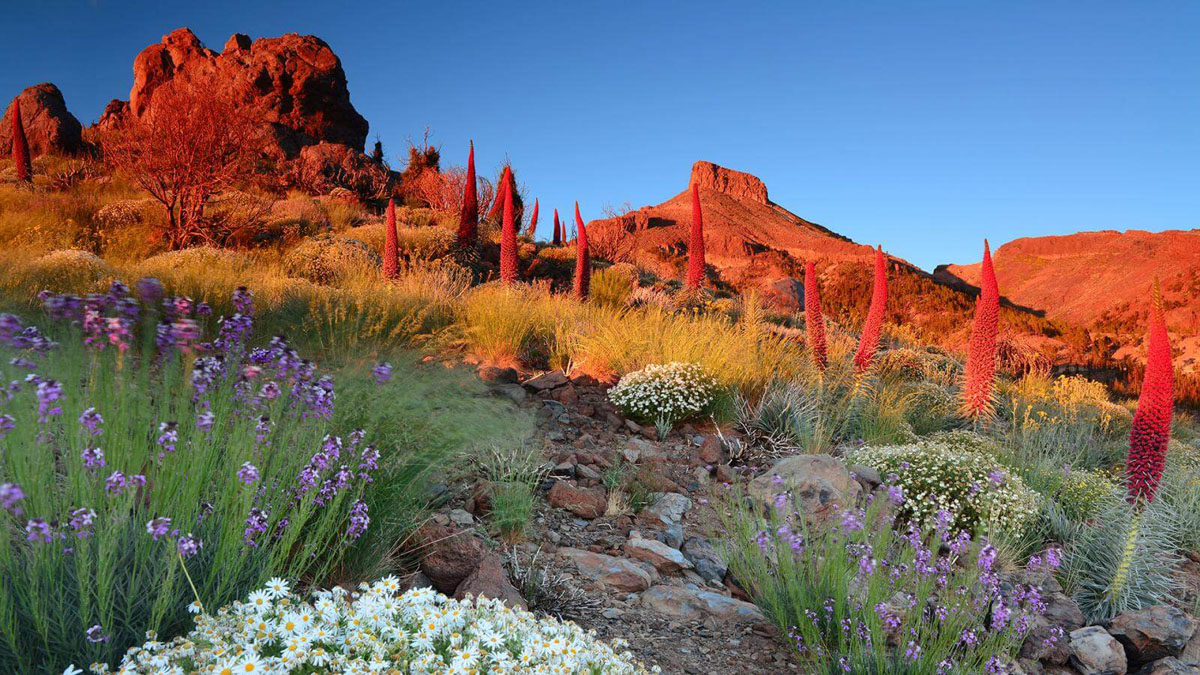
Day 7, Puerto Colon – Santa Cruz de Tenerife, 46 miles
Our cruise through the Canary Islands is coming to an end and it’s time to return to Santa Cruz de Tenerife. The crossing takes about 10 hours of navigation to cover the 46 miles needed to return to the starting base. Just enough time to relive all the emotions and majestic landscapes of this archipelago rich in wild nature and hospitable people. And a load of history that can only fascinate those who still travel by sea today.
You May Also Like
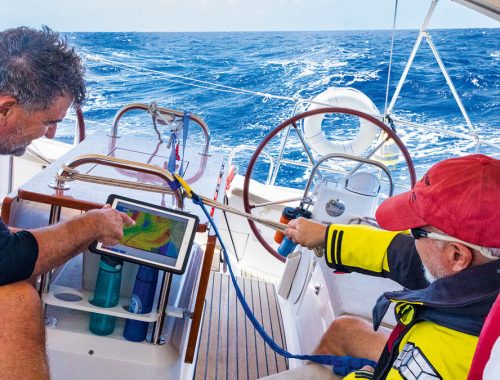
The right approach to sailing even without electronics
04/11/2025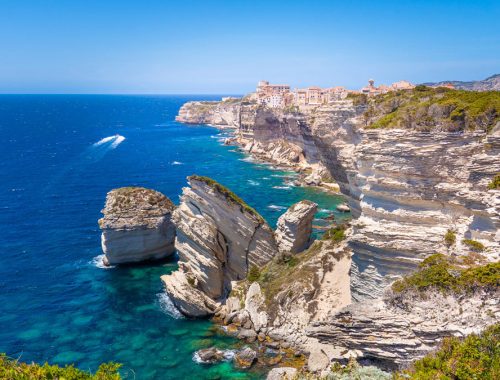
From Sardinia to Southern Corsica, the coast between the sky and sea
04/11/2021